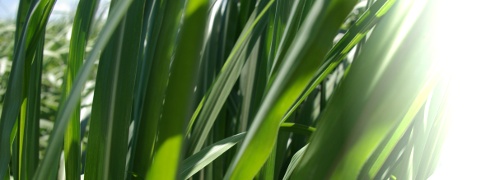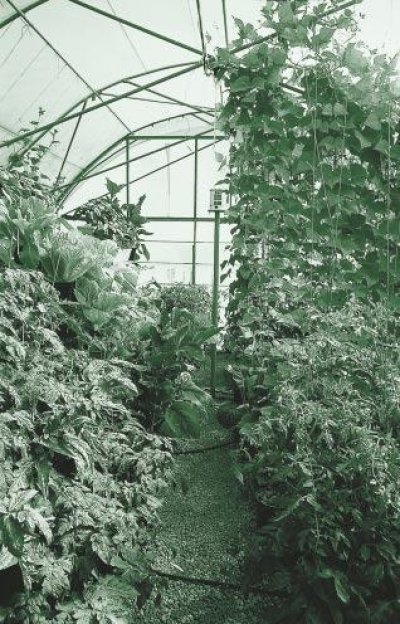Chapter editors: Charles Price1 and Rana Munns1,2
1School of Plant Biology, University of Western Australia, 2 CSIRO Plant Industry, Canberra
This chapter is updated from the original by PE Kriedemann, JM Virgona and OK Atkin (1st Edition)
Growth is an irreversible increase in plant size accompanied by a quantitative change in biomass (weight). Development is more subtle and implies an additional qualitative change in plant form or function such as a phase change from vegetative to reproductive growth.
Growth analysis is a conceptual framework for resolving the nature of genotype x environment interactions on plant growth and development.
In natural environments, growth and development cycles have to be completed within a time frame dictated by environmental conditions where light, moisture and nutrients often limit expression of genetic potential. Adaptive features that counter such constraints and help sustain relative growth rate can be revealed via growth analysis under contrasting conditions.
In managed environments, crop plants commonly experience similar restrictions, but in addition their economic yield is often only a small portion of total biomass at harvest and subject to genetic control. Crop scientists need to explore plant growth and reproductive development in quantitative terms. Sources of variation in productivity can then be resolved into those processes responsible for converting external resources into biomass and those responsible for partitioning biomass into usable sinks such as cereal ears or pumpkins. Both aspects are addressed here.

